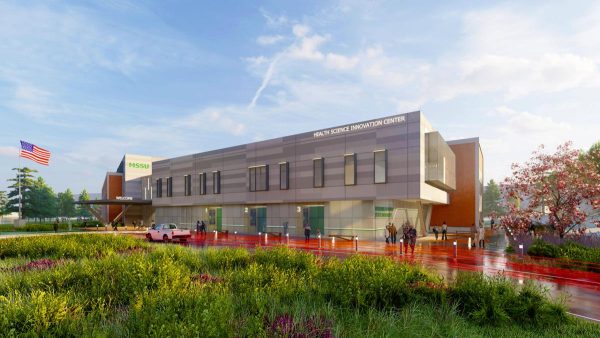Nation to give thanks
The Plymouth colonists and indigenous peoples shared one of the first Thanksgiving celebrations during a three-day event in 1621 to commemorate their first harvest. It is because of this celebration that every year, on the fourth Thursday in November, Americans celebrate Thanksgiving Day. This year the holiday will fall on Nov. 25.
While elementary schools in the United States typically highlight the first Thanksgiving, the story of how it became an annual celebration and observance is often forgotten.
Although many celebrations of thanks were held before the national government recognized the observance, the first recorded Thanksgiving observance was held in Charlestown, Mass. on June 29, 1671, according to the Achieving Early America Website.
In the 1700s, the celebration was observed within individual colonies as a day of fasting a prayer, rather than the plentiful food that marks today’s Thanksgiving Day.
National recognition came during the term of first President of the United States, George Washington. In 1789, following both the Senate and House of Representatives encouragement, Washington wrote a proclamation “to recommend to the people of the United States a Day of Public Thanksgiving and Prayer, to be observed by acknowledging with grateful hearts the many and signal favors of Almighty God.”
A set annual date was not established until 1863. In the midst of maintaining a nation during the Civil War, President Abraham Lincoln issued a proclamation declaring the fourth Tuesday of November a national holiday.
Lincoln’s statute remained until 1939 when President Franklin D. Roosevelt moved the holiday to the third Thursday of November. His plan was to boost the economy by increasing the Christmas shopping season. After much protest, the holiday was moved to the fourth Thursday in November, where it is today.
Your donation will support the student journalists of Missouri Southern State University. Your contribution will allow us to purchase equipment and cover our annual website hosting costs.



























